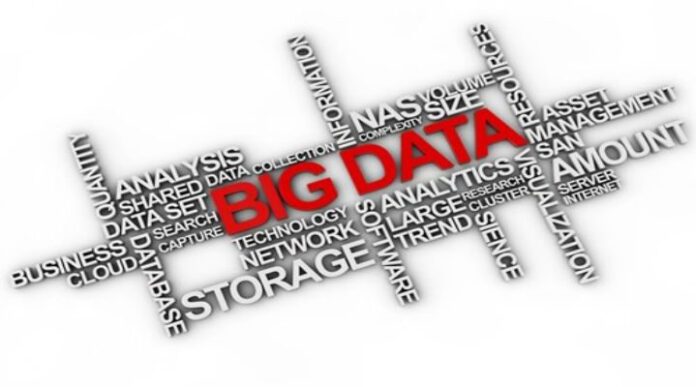With big data analytics becoming a more integral part of verticals from telecom to transportation, big data platform company Cloudera is seeing “tremendous demand” for its BDA certifications as tech experts adjust their skill sets for a big-data world.
“They come to us in droves,” said Sarah Sproehnle, VP of educational services at Cloudera. And even with tens of thousands of people being trained in official certification courses, there is still a shortage of data experts and far more demand for big-data education, Sproehnle said.
Sproehnle described the typical person seeking Cloudera BDA certification as between the ages of 25 and 40; and all or mostly those who are already employed and have a college degree but are trying to re-tool their skill sets to adjust to the fact that big data is increasingly being adopted across a variety of industries.
“They realize this market is new and hot, and they really want to learn,” she said.
She added that Cloudera is seeing the training demands shift. In the early days of solutions such as the Hadoop in-memory database platform, most of the demand came from “hardcore technologists,” she said, – mostly Java programmers who were interested in Map Reduce in Hadoop and building applications.
“It’s been shifting over the years, further up the stack,” Sproehnle said. Developers still make up the bulk of people coming through the BDA certification courses, but Cloudera’s other learning paths for big data, including analysts, administrators and its data scientist certification, have been growing at a faster clip now and overtaken the developer numbers.
She said Cloudera has granted about 10,000 certifications, with many more people attending courses but not attaining the certified level.
“This is a new space that’s complex,” she said. “People want to differentiate themselves.”
In addition to its official certifications, Cloudera has expanded its online training and education offerings to include a Massive Open Online Course, or MOOC, with online education company Udacity, so that people can learn big-data technology on their own.
“We were very pleased – almost overwhelmed – with demand,” Sproehnle said. With over 55,000 students enrolled, “it really quickly became one of Udacity’s the most popular courses ever,” she added.
Sproehnle said that the developer certification has been very popular, in part because that segment of the workforce is accustomed to certifications and the need to obtain them. But again, the shift is toward achieving the higher level of certification. Cloudera sees its data scientist certification as denoting the most skilled experts.
That certification starts with an exam that Sproehnle described as a qualifying exam. Cloudera then offers challenges every six months in which it presents a set of business issues and a data set, which participants have to build a solution to in order to receive the certification. One involved health care: Using medical record data to detect fraudulent claims, and another was based on a retail scenario. But ultimately, she said, whether the scenario is detecting fraud in credit card transactions for a financial institution or solving problems in online retail, the big-data aspects are similar.
“They’re basically solving the same issue each time: Do you understand classic machine learning, how to build classifications and how to do clustering algorithms, and how do you apply that?” said Sproehnle. Another crucial aspect is that the solution has to scale.
“We want the core concepts, plus the ability to do them over a large amount of data,” she said. “You really need to show that you have data science chops, and it is really hard. …
“I think that we’ll continue to see a number of certifications granted in our other areas, but the data scientist kind of being the pinnacle.”
Sproehnle added that telecom has been an early adopter of big data, and certification demand is coming from a variety of industries, including health care.
“You’ve got data – I don’t care what that data looks like or what the format is. You’ve got data and a lot of it, and often coming in fast from a variety of sources,” she said. “And the kind of problems they’re solving are similar, too.
“So we focus on the concepts, and certifying the concepts as much as possible, so that people are capable of applying them to whatever their needs are.”
This story has been updated from an earlier version.


